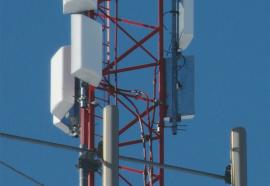Low-Income Reality Check
Evaluating the impact of dynamic pricing.
Are residential time-of-use prices only effective for middle class households, or do low-income customers benefit too—as authors Lisa Wood and Ahmad Faruqui asserted in their October 2010 article? Data from pilot programs show that low-income customers exhibit a reduced ability to benefit from dynamic pricing. Demand response programs should accommodate the realities of low-income customers’ consumption patterns.




